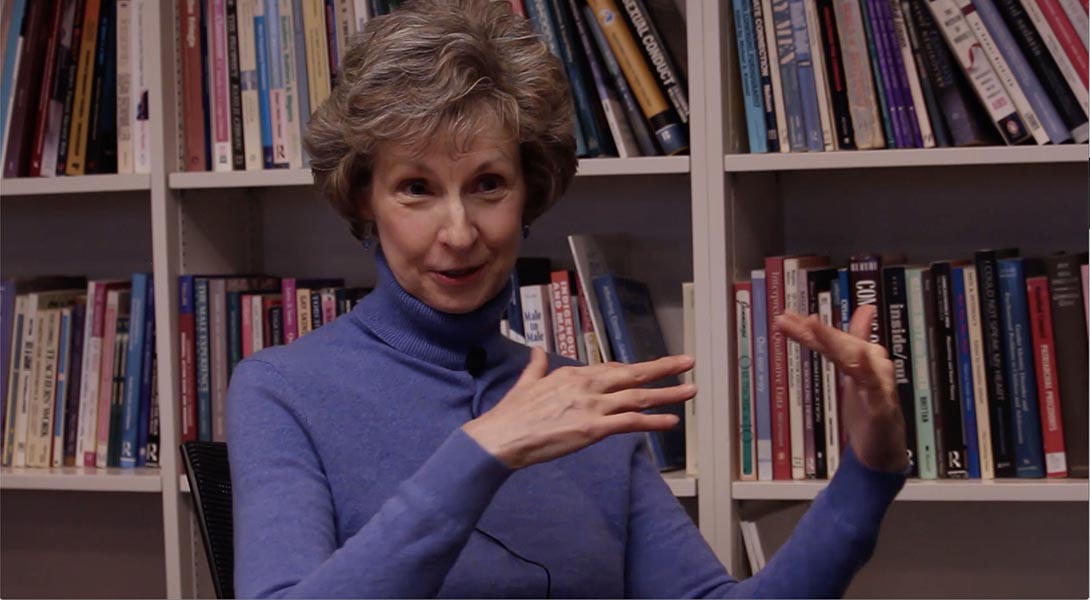British Columbia needs qualified teachers of students who are deaf and hard of hearing, and a University of British Columbia program can help.
Professor Janet Jamieson, a Language Sciences member and co-director of the Program in Education of the Deaf and Hard of Hearing at UBC, explains how D/deaf or hard of hearing students are children first, why their teachers are so important – and just what her favourite ASL sign is.
What does education of D/deaf and hard of hearing students involve?
A Vancouver early intervention program, Deaf Children’s Society of BC, once had a slogan that ‘Deaf children are children first,’ meaning that D/deaf or hard of hearing children are like all children, except that they access and sometimes convey language differently. For example, children who are visual processors of language often use American Sign Language (or an English-based sign language system), whereas some other children may use listening and spoken language to communicate, and still others may use a combination of listening, spoken language, and signs.
If a child does not have easily accessible mutual communication with family from the earliest days of life, and later faces communication barriers in the classroom, the impact on learning and social-emotional development can be intense and pervasive.
Teachers of the deaf and hard of hearing have holistic and specialized knowledge and skills to support students who are D/deaf or hard of hearing, as well as their classroom teachers.
This could include supporting children’s language and literacy skills, listening and spoken language development, social-emotional and academic inclusion, and self-advocacy skill development. Teachers of the deaf and hard of hearing also consult with classroom teachers and allied professionals, as well as with D/deaf and hard of hearing role models, who play a key role in nurturing positive self-identity.
UBC has a master’s program in Special Education, with a concentration in Education of the Deaf and Hard of Hearing, which prepares teachers to work with these students in a range of educational settings and communication approaches.
Where do your students end up working? What age groups do they work with?
Graduates of our concentration work with D/deaf and hard of hearing infants, children, and youth in a diverse array of settings.
Since 2007 British Columbia and many other provinces have identified the hearing status of infants shortly after birth, by means of the BC Early Hearing Program. Thus, teachers of the deaf and hard of hearing are now needed to work with infants and their families; with preschoolers in early intervention; and with school-aged children and youth from kindergarten through to school leaving in a range of settings, including schools for the deaf, resource rooms in neighbourhood schools, and inclusive (regular) classrooms.
In fact, there is currently a critical shortage of qualified teachers of the deaf across British Columbia -- and across Canada, for that matter -- in each of these settings.
What projects are you currently working on in this area?
Many children with malignant solid mass tumours are treated with a platin-based drug. Although most of these children survive, many acquire a permanent high-frequency hearing loss because of the treatment.
Together with my colleagues Beth Brooks, Audiologist at BC Children’s Hospital, and Dr. Marla Buchanan, UBC Professor in Counselling Psychology, I’m currently researching the meaning of the dual experience of cancer and hearing loss for these children and their families, as they navigate their lives post-treatment, with a view to informing their unique needs for short- and long-term support.
If you’re interested in finding out more about the UBC Concentration in Education of the Deaf and Hard of Hearing, click here or email janet.jamieson@ubc.ca or joanna.cannon@ubc.ca.
